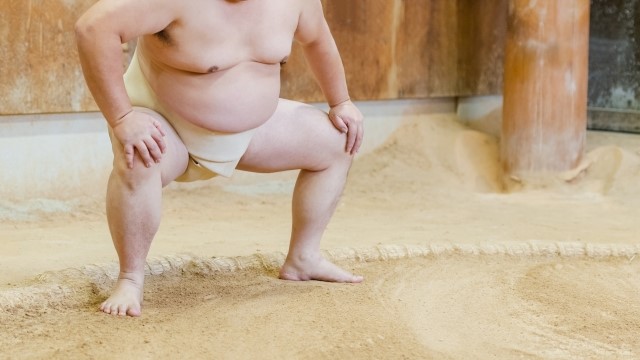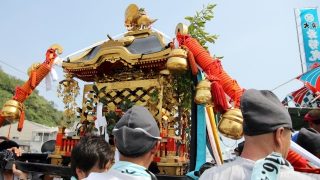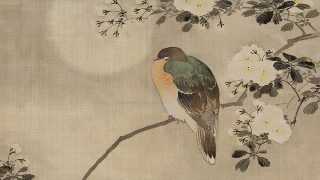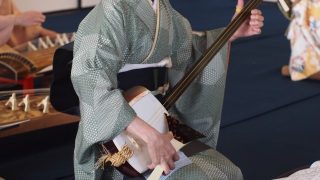About Tanabata (七夕)
Tanabata on July 7th is one of the seasonal milestone days for traditional annual events in Japan and other Asian countries.
Tanabata, also known as the “Bamboo Grass Festival” or “Star Festival”, was designated as one of the five festivals of the Edo period and is still widely celebrated today.
Speaking of Tanabata, it is also known as an annual event to celebrate the stars, where the stars Kengyu-sei (Hikoboshi) and Shokujo-sei (Orihime) meet once a year on the night of July 7th, on both sides of the Amano-gawa (Milky Way).
Tanabata is also known as the day when people write their wishes on Tanzaku (paper strips) and decorate the bamboo grass.
It seems somewhat romantic, but when we unravel its origins, we can see that many cultures are connected to it.
The beginning of Tanabata
In China, a ceremony called “Kikkouden” has long been practiced on July 7th to pray for progress in sewing and other skills. In the Nara period (710-794), when it was introduced to Japan along with the legend of Tanabata, people began to make offerings on the night of July 7th to pray for improving their sewing and artistic skills.
The custom of hanging Tanzaku (paper strips with wishes written on them) and ornaments on a bamboo branch has been around since the Edo period. Several Ukiyoe prints from the Edo period depict how Tanabata was widely practiced among ordinary people.
After the Meiji period (1868-1912), Tanabata became a school event where children wrote their wishes to Tanzaku and hung them on bamboo grass.
The Star Stories of Orihime and Hikoboshi – The Legend of Tanabata
On the west coast of the Milky Way lived a princess named Orihime. The Orihime was a master weaver, and her beautiful clothes delighted her father, the Emperor. While looking for a partner for Orihime, the Emperor brought together Hikoboshi, a hardworking cattleman living on the eastern coast of the Milky Way, and Orihime and Hikoboshi became a married couple.
However, ever since they got married, they haven’t been working, and they’ve only been getting along well with each other. This angered the Emperor, and the two were separated by the Milky Way.
However, the Emperor, taking pity on them in their grief, allowed them to be reunited only on the night of Tanabata. Thus, they met once a year.
Tanabata decoration
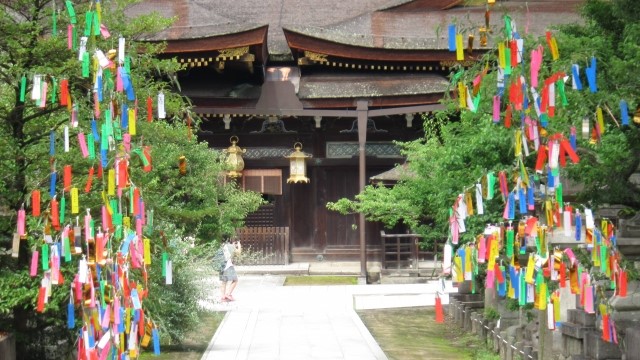
In addition to Tanzaku, there are many other decorations on the bamboo, each of which has its meaning. It’s more fun to know the origins and decorate them, right?
Tanzaku (paper strip)
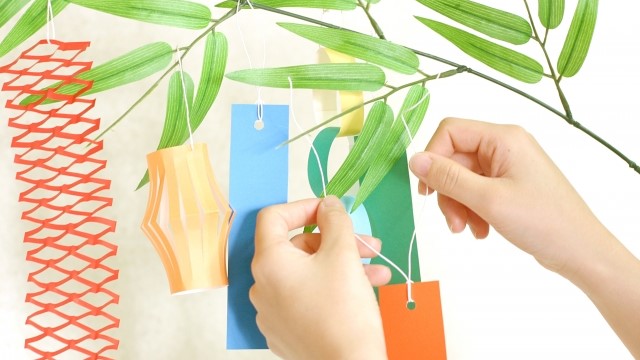
A Tanzaku is to write down our wish. There are many colorful Tanzaku now, but initially, they were five colors: blue, red, yellow, white, and black (purple).
Fukinagashi (streamer)
It represents the weaving thread of Orihime and is also meant to ward off evil.
Kamiko (Paper coat)
This costume is made of paper. We are praying that our sewing skills improve and that we don’t have any trouble finding something to wear. It also means to transfer the misfortune from people to a doll, Kamiko.
Chochin (paper lantern)
It is hoped that it will brighten our hearts.
Tanabata Festival
It is said that Tanabata was an event to purify oneself of dirt before Obon, a festival to welcome and enshrine the spirits of ancestors. It is noted that Tanabata ornaments should not be left at home forever. It was customary to throw Tanabata ornaments and offerings in the water on the day after the Tanabata festival. Nebuta Festival in Aomori and Kanto Festival in Akita are some Tanabata festivals that retain their old-fashioned appearance.
Nebuta Festival
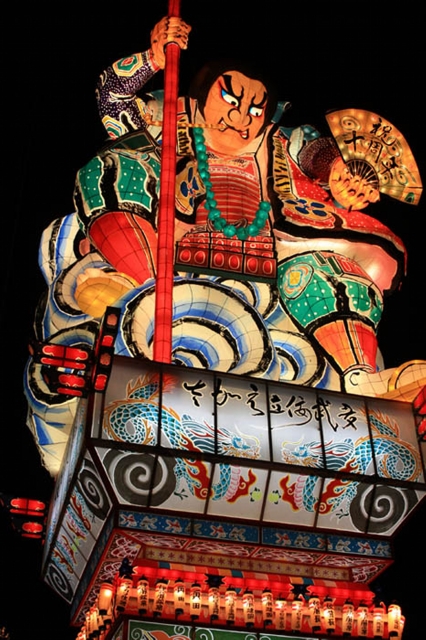
Nebuta Festival originated on the night of Tanabata when misfortune was transferred from people to dolls and thrown away in rivers and the sea. “Nebuta” comes from the word “to relieve drowsiness.”
Sendai Tanabata Festival
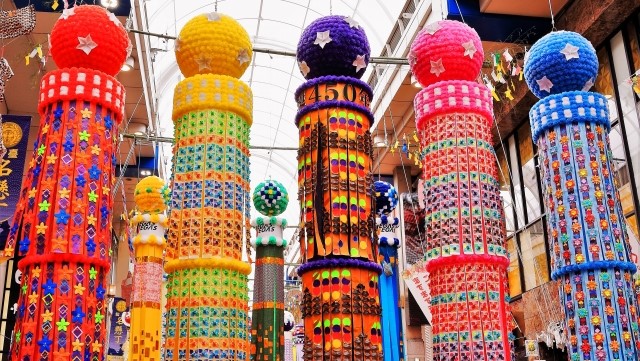
The Sendai Tanabata Festival is a 400-year-old festival that attracts tourists from all over the country for the three days of August 6, 7, and 8, when more than 3,000 gorgeous Tanabata decorations are displayed.
Somen, Tanabata’s event meal

Tanabata’s event meal is Somen. Surprisingly, it has been a Tanabata event food for a thousand years.
There are many customs to ward off evil spirits and pray for good health, and Somen is one of them. It’s perfect for summer when the heat is making us lose our appetite and can be likened to the Milky Way or the weaving thread of Orihime.




